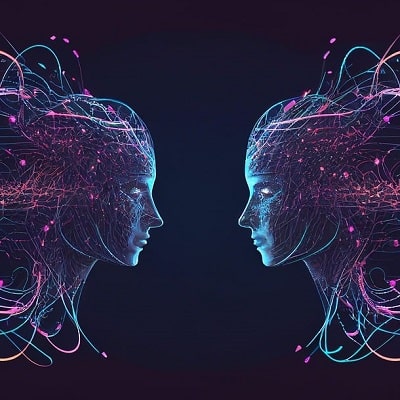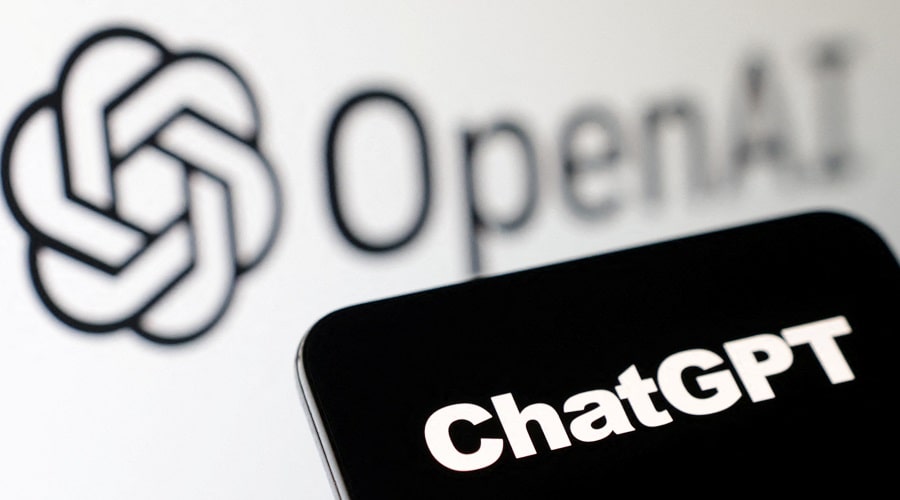
Chatbot Features: Bard vs. ChatGPT4
The race to create the most efficient and human-like chatbot has intensified with major contenders like Bard and ChatGPT 4 emerging at the forefront. But which of the two reigns supreme? This article dissects their capabilities to offer a comprehensive comparison.
Background
- Bard: While this is a hypothetical chatbot for the purposes of this article, let’s assume that Bard represents a new generation of chatbots, focusing on logic and efficient information retrieval.
- ChatGPT 4: Developed by OpenAI, ChatGPT 4 is based on the GPT-4 architecture, recognized for its expansive training data and versatile conversation abilities.
Safety
- Bard: Again, hypothetically, Bard uses stringent filters to prevent the dissemination of misleading information, making it a safer option for fact-based queries.
- ChatGPT 4: OpenAI has incorporated safety mitigations in ChatGPT, refining its responses over iterations, although there can be occasional lapses.
Accuracy of Answers
- Bard: Prioritizes data accuracy, ensuring users receive reliable and precise information.
- ChatGPT 4: While highly accurate for most queries, there can be instances where the model might not have the most up-to-date information due to the last training cut-off.
Logical Assumptions
- Bard: Designed to avoid assumptions, sticking strictly to the data.
- ChatGPT 4: can make logical jumps depending on the context, although this can sometimes lead to overgeneralization. Now it is being actively adopted in the technical departments that deal with communication with customers and dissemination of information. Joo casino online was the first to adapt it to the game’s technical support chat, helping them find the right answers about the casino.

Creativity and Innovation
- Bard: While primarily data-driven, Bard may have limited creative capabilities.
- ChatGPT 4: Recognized for its creative flair, it can craft stories, jokes, and offer innovative solutions to problems.
Additional Features
- Bard: Offers features like data visualization and instant source citation.
- ChatGPT 4: Apart from chat, it can be used for drafting content, brainstorming, programming help, and more.
Restrictions
- Bard: May have stringent content filters, restricting the range of its responses.
- ChatGPT 4: While versatile, it’s guided by OpenAI’s usage policies, which can limit certain types of interactions.
Conclusion: Which Chatbot is Best Suited for What?
- Bard: Ideal for academic research, data analytics, and situations where factual accuracy is paramount.
ChatGPT 4: Perfect for creative brainstorming, casual interactions, content creation, and a wider array of conversational topics.

